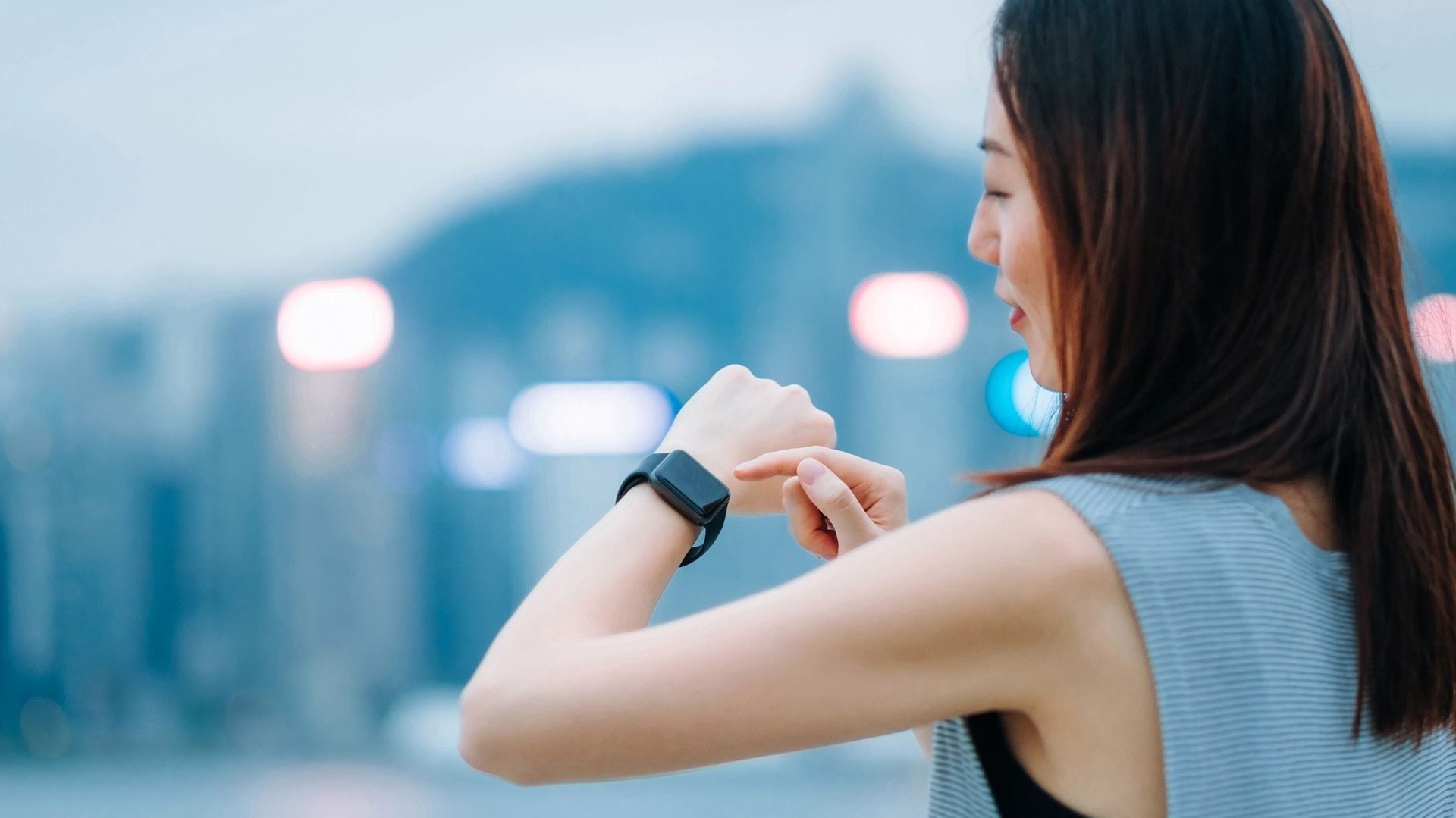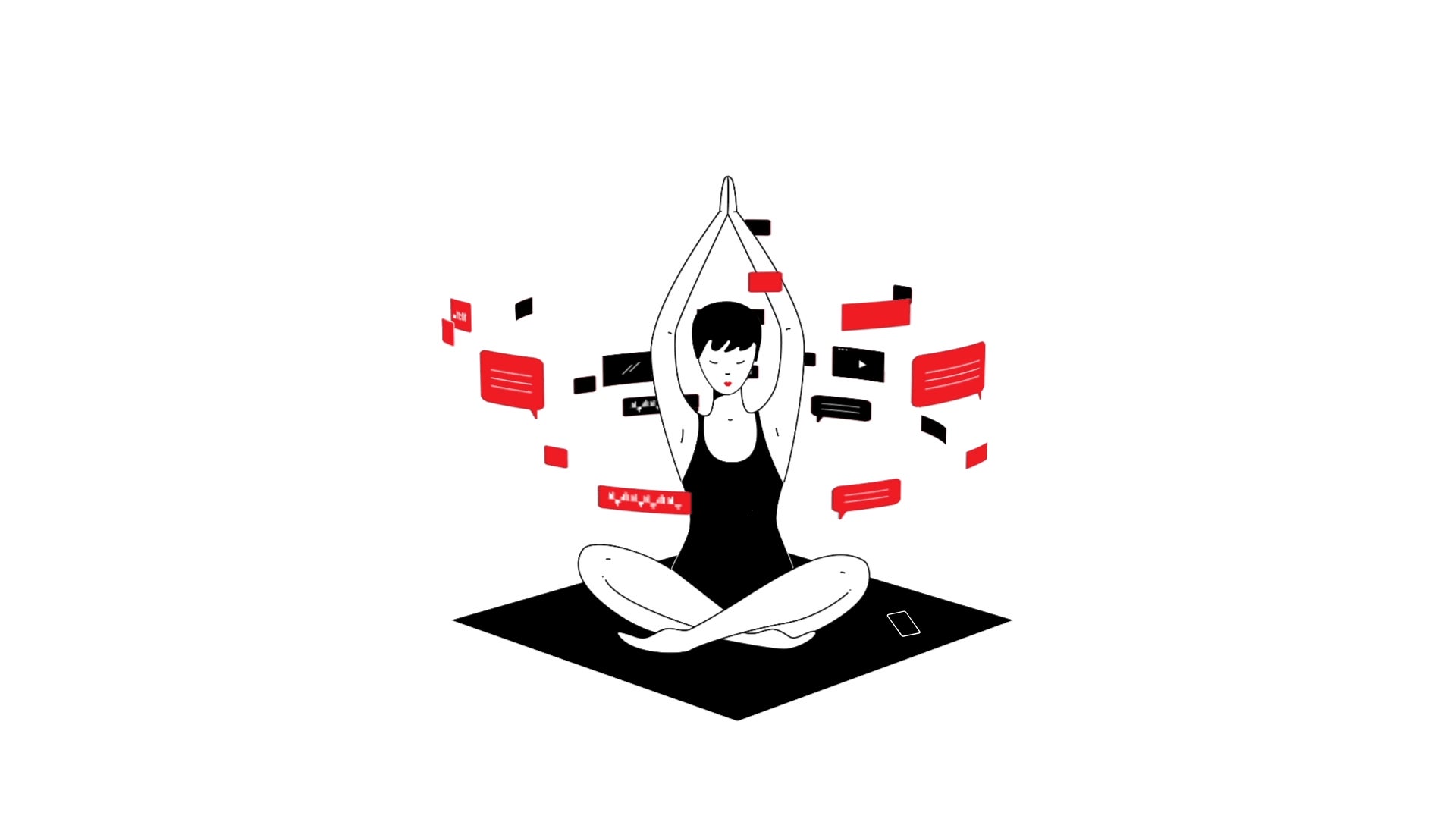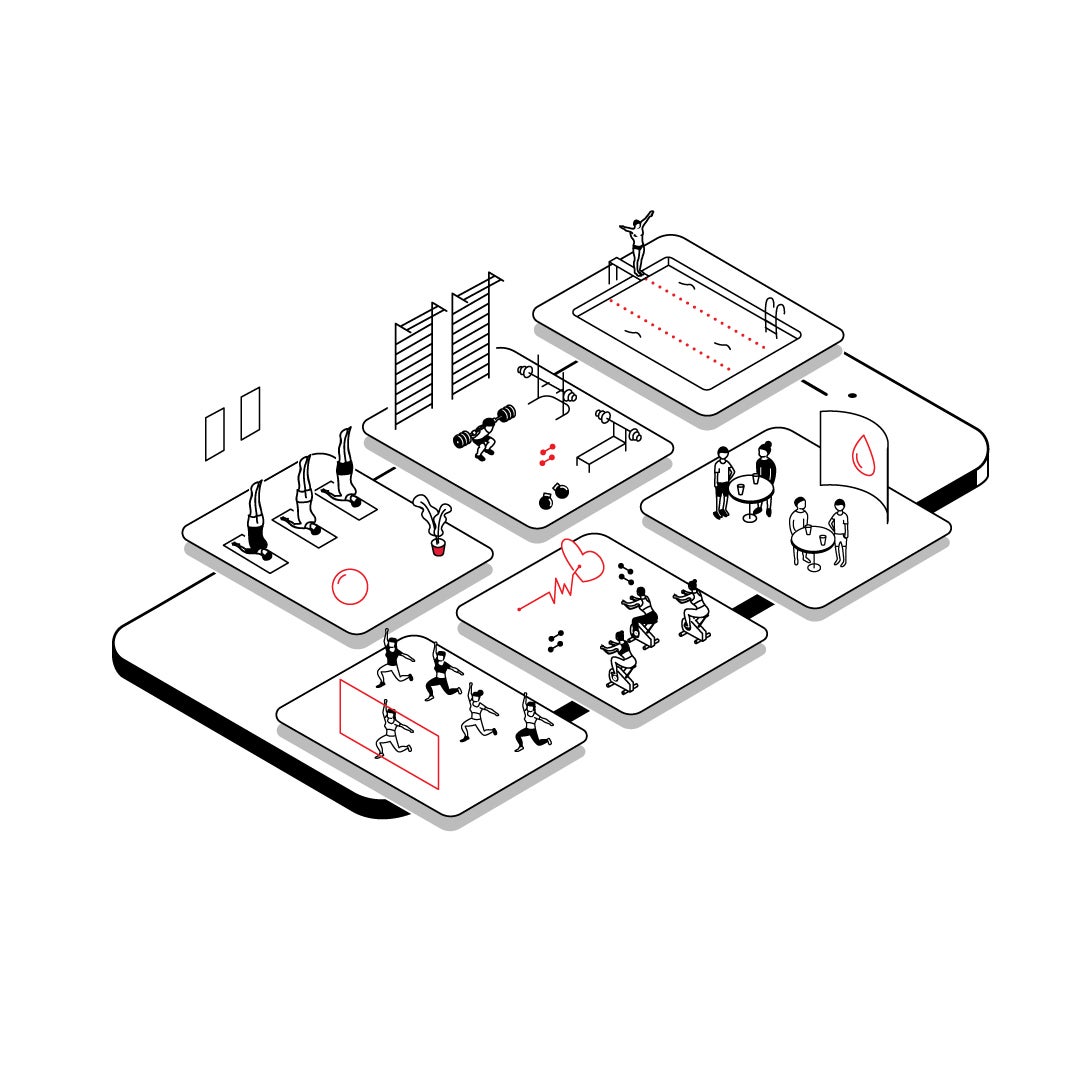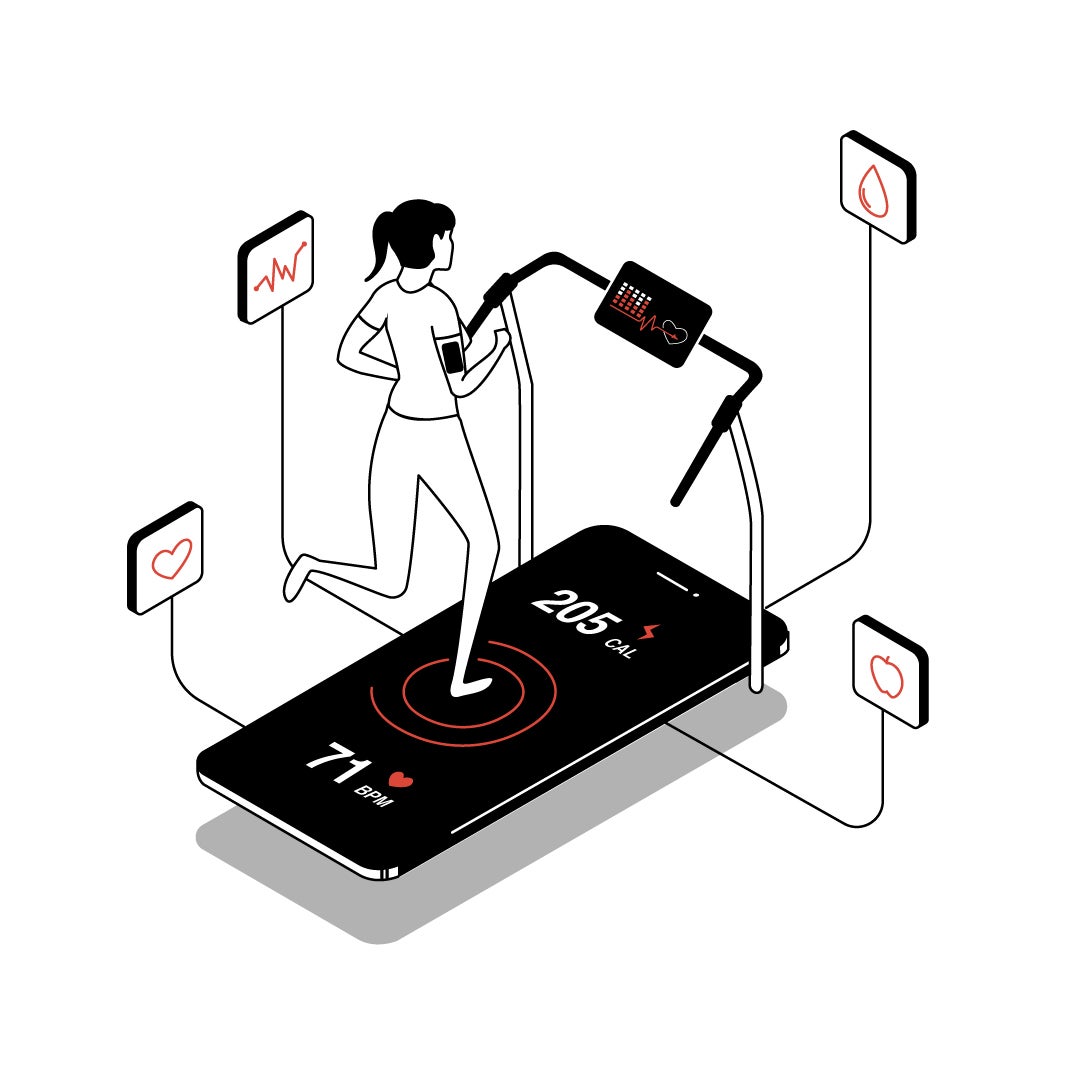There’s a new technology matrix for health and wellness
Technology has unlocked countless interactions, activities, and capabilities for us—a 60-second-long workout video from Instagram, or a well-curated fitness routine led by a personal trainer talking to us in real time from our smartphones. But information overload is creating a kind of paralysis on our ability to do everything we set out to do within a 24-hour window, or a five-day work week.


Technology has unlocked countless interactions, activities, and capabilities for us—a 60-second-long workout video from Instagram, or a well-curated fitness routine led by a personal trainer talking to us in real time from our smartphones. But information overload is creating a kind of paralysis on our ability to do everything we set out to do within a 24-hour window, or a five-day work week.
If our smartphones are meant to enable us in ways never before imaginable, why are we all feeling so overwhelmed?
“We are witnessing unprecedented levels of corporate and financial interest in sticking us to our devices,” says Jess Greenwood, co-head of strategy for R/GA in the US, “and these companies are all making sure we don’t exercise our personal agency over their digital products and services.”

“Putting a computer in everybody’s pockets has consequences,” she continues. “And it’s not just the Facebooks and Twitters of the world that are very focused on making sure we don’t look away. It’s the device itself: The notification system is designed to make sure that you find the device indispensable and just can’t look away. This has evolved over the past 15 years, and we’re just not ready to say no to it.”
The attention economy is designed to keep us occupied with countless streams of information every day. We’re starting to feel the effects on our minds (the endless to-do lists, a sense of FOMO) and our bodies (the stiffness in our neck and shoulders, the strain on our eyes).
But there is a way out, if you’re up to the challenge. It’s one both brands and consumers alike must tackle as they start to treat health more holistically—as a personal wellness journey, rather than linear, singular moments alternating between sickness and health.

Fitness today includes digital-enabled activities such as audio-guided runs (Nike Run Club), meditations (Headspace), and workout routines from expert personal trainers (like those in the Nike Training Club and Aaptiv videos). ClassPass, the fitness subscription service, unlocks a library of boutique classes for a monthly cost of $45 to try two to four classes, or $135 for up to 12 classes.
But the sum parts of our bodies is about more than just fitness. It’s also about what we eat and what we do when we’re not focused on working out for 10, 20, 30, or 60-minute intervals.
“The notion of a health club only providing personal training or access to weights is starting to go away,” says Richard Ting, global chief design officer, R/GA. He worked on the launch of Nike Plus and the first iteration of the Nike Training Club app. He also helped launch the Apple Watch Nike+ edition, a unique yet simple running experience, no phone required, that’s part of an ecosystem R/GA helped build out with Nike to create the world’s largest running community.

“There’s a new matrix being built, and going to the gym and working out for 45 or 60 minutes is being replaced by workouts you can do in 12 or 19 minutes,” says Ting.
And as consumers unlock more personal data about their health and wellness—whether through counting their steps, monitoring their heart rate, or tracking their progress during workouts—there’s a growing need for more intelligent, actionable data to help us achieve our fitness and health goals in the digital age.
Read more
about how brands are rethinking their role in consumers’ holistic health journeys.
This article was produced by R/GA and not by the Quartz editorial staff.